#academic quote
Text
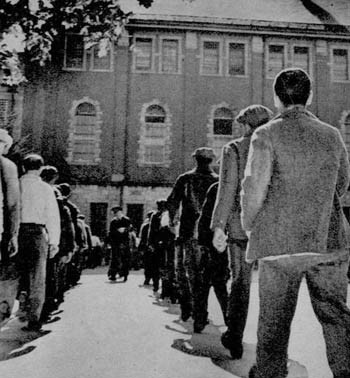
"The Progressives’ design for the penitentiary did alter the system of incarceration. Their ideas on normalization, classification, education, labor, and discipline had an important effect upon prison administration. But in this field, perhaps above all others, innovation must not be confused with reform. Once again, rhetoric and reality diverged substantially. Progressive programs were adopted more readily in some states than in others, more often in industrialized and urban areas, less often in southern, border, and mountain regions. Nowhere, however, were they adopted consistently. One finds a part of the program in one prison, another part in a second or in a third. Change was piecemeal, not consistent, and procedures were almost nowhere implemented to the degree that reformers wished. One should think not of a Progressive prison, but of prisons with more or less Progressive features.
The change that would have first struck a visitor to a twentieth-century institution who was familiar with traditional practices, was the new style of prisoners’ dress. The day of the stripes passed, outlandish designs gave way to more ordinary dress. It was a small shift, but officials enthusiastically linked it to a new orientation for incarceration. In 1896 the warden of Illinois’s Joliet prison commented that inmates “should be treated in a manner that would tend to cultivate in them, spirit of self-respect, manhood and self-denial. . . , We are certainly making rapid headway, as is shown by the recently adopted Parole Law and the abolishment of prison stripes.” In 1906, the directors of the New Hampshire prison, eager to follow the dictates of the “science of criminology” and “the laws of modern prisons,” complained that “the old unsightly black and red convict suit is still used. . . . This prison garb is degrading to the prisoner and in modern prisons is no longer worn.” The uniform should be grey: “Modern prisons have almost without exception adopted this color.” The next year they proudly announced that the legislature had approved an appropriation of $700 to cover the costs of the turnover. By the mid-1930’s the Attorney General’s survey of prison conditions reported that only four states (all southern) still used striped uniforms. The rest had abandoned “the ridiculous costumes of earlier days.”
To the same ends, most penitentiaries abolished the lock step and the rules of silence. Sing-Sing, which had invented that curious shuffle, substituted a simple march. Pennsylvania’s Eastern State Penitentiary, world famous for creating and enforcing the silent system, now allowed prisoners to talk in dining rooms, in shops, and in the yard. Odd variations on these practices also ended. “It had been the custom for years,” noted the New Hampshire prison directors, “not to allow prisoners to look in any direction except downward,” so that “when a man is released from prison he will carry with him as a result of this rule a furtive and hang-dog expression.” In keeping with the new ethos, they abolished the regulation.
Concomitantly, prisons allowed inmates “freedom of the yard,” to mingle, converse, and exercise for an hour or two daily. Some institutions built baseball fields and basketbaIl courts and organized prison teams. “An important phase in the care of the prisoner,” declared the warden of California’s Folsom prison, “is the provisions made for proper recreation. Without something to look forward to, the men would become disheartened. . . . Baseball is the chief means of recreation and it is extremely popular.” The new premium on exercise and recreation was the penitentiary’s counterpart to the Progressive playground movement and settlement house athletic clubs.
This same orientation led prisons to introduce movies. Sing Sing showed films two nights a week, others settled for once a week, and the warden or the chaplain usually made the choice. Folsom’s warden, for example, like to keep them light: “Good wholesome comedy with its laugh provoking qualities seems to be the most beneficial.” Radio soon appeared as well. The prisons generally established a central system, providing inmates with earphones in their cells to listen to the programs that the administration selected. The Virginia State Penitentiary allowed inmates to use their own sets, with the result that, as a visitor remarked “the institution looks like a large cob-web with hundreds of antennas, leads and groundwires strung about the roofs and around the cell block.”
Given a commitment to sociability, prisons liberalized rules of correspondence and visits. Sing-Sing placed no restrictions on the number of letters, San Quentin allowed one a day, the New Jersey penitentiary at Trenton permitted six a month. Visitors could now come to most prisons twice a month and some institutions, like Sing-Sing, allowed visits five times a month. Newspapers and magazines also enjoyed freer circulation. As New Hampshire’s warden observed in 1916: “The new privileges include newspapers, that the men may keep up with the events of the day, more frequent writing of letters and receiving of letters from friends, more frequent visits from relatives . . . all of which tend to contentment and the reestablishment of self-respect.’? All of this would make the prisoners’ “life as nearly normal as circumstances will permit, so that when they are finally given their liberty they will not have so great a gap to bridge between the life they have led here . . . and the life that we hope they are to lead.”
These innovations may well have eased the burden of incarceration. Under conditions of total deprivation of liberty, amenities are not to be taken lightly. But whether they could normalize the prison environment and breed self-respect among inmates is quite another matter. For all these changes, the prison community remained abnormal. Inmates simply did not look like civilians; no one would mistake a group of convicts for a gathering of ordinary citizens. The baggy grey pants and the formless grey jacket, each item marked prominently with a stenciled identification number, became the typical prison garb. And the fact that many prisons allowed the purchase of bits of clothing, such as a sweater or more commonly a cap, hardly gave inmates a better appearance. The new dress substituted one kind of uniform for another. Stripes gave way to numbers.
So too, prisoners undoubtedly welcomed the right to march or walk as opposed to shuffle, and the right to talk to each other without fear of penalty. But freedom of the yard was limited to an hour or two a day and it was usually spent in “aimless milling about.” Recreational facilities were generally primitive, and organized athletic programs included only a handful of men. More disturbing, prisoners still spent the bulk of non-working time in their cells. Even liberal prisons locked their men in by 5:30 in the afternoon and kept them shut up until the next morning. Administrators continued to censor mail, reading materials, movies, and radio programs; their favorite prohibitions involved all matter dealing with sex or communism. Inmates preferred eating together to eating alone in a cell. But wardens, concerned about the possibility of riots with so many inmates congregated together, often added a catwalk above the mess hall and put armed guards on patrol.
Prisoners may well have welcomed liberalized visiting regulations, but the encounters took place under trying conditions. Some prisons permitted an initial embrace, more prohibited all physical contact. The rooms were dingy and gloomy. Most institutions had the prisoner and his visitor talk across a table, generally separated by a glass or wire mesh. The more security-minded went to greater pains. At Trenton, for example, bullet-proof glass divided inmate from visitor; they talked through a perforated metal opening in the glass. Almost everywhere guards sat at the ends of the tables and conversations had to be carried on in a normal voice; anyone caught whispering would be returned to his cell. The whole experience was undoubtedly more frustrating than satisfying.
The one reform that might have fundamentally altered the internal organization of the prison, Osborne’s Mutual Welfare League, was not implemented to any degree at all. The League persisted for a few years at Sing-Sing, but a riot in 1929 gave guards and other critics the occasion to eliminate it. One couId argue that inmate self-rule under Osborne was little more than a skillful exercise in manipulation, allowing Osborne to cloak his own authority in a more benevolent guise. It is unnecessary, however, to dwell on so fine a point. Wardens were simply not prepared to give over any degree of power to inmates. After all, how could men who had already abused their freedom on the outside be trusted to exercise it on the inside? Administrators also feared, not unreasonably, that inmate rule would empower inmate gangs to abuse fellow prisoners. In brief, the concept of a Mutual Welfare League made little impact on prison systems throughout this period.
If prisons could not approximate a normal community, they fared no better in attempting to approximate a therapeutic community. Again, reform programs frequently did alter inherited practices but they inevitably fell far short of fulfilling expectations. Prisons did not warrant the label of hospital or school.
Starting in the 1910’s and even more commonly through the 1920's, state penitentiaries established a period of isolation and classification for entering inmates. New prisoners were confined to a separate building or cell block (or occasionally, to one institution in a complex of state institutions); they remained there for a two- to four-week period, took tests and underwent interviews, and then were placed in the general prison population. In the Attorney General’s Survey of Release Procedures: Prisons forty-five institutions in a sample of sixty followed such practices. Eastern State Penitentiary, for example, isolated newcomers for thirty days under the supervision of a classification committee made up of two deputy wardens, the parole officer, a physician, a psychiatrist, a psychologist, the educational director, the social service director, and two chaplains. The federal government’s new prison at Lewisburg, Pennsylvania, opened in 1932 and, eager to employ the most modern principles, also followed this routine. All new prisoners were on “quarantine status,” and over the course of a month each received a medical examination, psychometric tests to measure his intelligence, and an interview with the Supervisor of Education. The Supervisor then decided on a program, subject to the approval of its Classification Board. All of this was to insure “that an integrated program . . . may lead to the most effective adjustment, both within the Institution and after discharge.”
It was within the framework of these procedures that psychiatrists and psychologists took up posts inside the prisons for the first time. The change can be dated precisely. By 1926, sixty-seven institutions employed psychiatrists: thirty-five of them made their appointments between 1920 and 1926. Of forty-five institutions having psychologists, twenty-seven hired them between 1920 and 1926. The innovation was quite popular among prison officials. “The only rational method of caring for prisoners,” one Connecticut administrator declared, “is by classifying and treating them according to scientific knowledge . . . [that] can only be obtained by the employment of the psychologist, the psychiatrist, and the physician.” In fact, one New York official believed it “very unfair to the inmate as well as to the institution to try and manage an institution of this type without the aid of a psychiatrist.”
Over this same period several states also implemented greater institutional specialization. Most noteworthy was their frequent isolation of the criminal insane from the general population. In 1904, only five states maintained prisons for the criminally insane; by 1930, twenty-four did. At the same time, reformatories for young first offenders, those between the ages of sixteen and twenty-five or sixteen and thirty, became increasingly popular. In 1904, eleven states operated such facilities; in 1930, eighteen did. Several states which constructed new prisons between 1900 and 1935 attempted to give each facility a specific assignment. No state pursued this policy more diligently than New York. It added Great Meadow (Comstock), and Attica to its chain of institutions, the first two to service minor offenders, the latter, for the toughest cases. New York‘s only rival was Pennsylvania. By the early 1930’s it ran a prison farm on a minimum security basis; it had a new Eastern State Penitentiary at Grateford and the older Western State Penitentiary at Pittsburgh for medium security; and it made the parent of all prisons, the Eastern State Penitentiary at Philadelphia, the maximum security institution. Some states with two penitentiaries which traditionally had served different geographic regions, now tried to distinguish them by class of criminals. In California, for instance, San Quentin was to hold the more hopeful cases, Folsom the hard core.
But invariably, these would-be therapeutic innovations had little effect on prison routines. They never managed to penetrate the system in any depth. Only a distinct minority of institutions attempted to implement such programs and even their efforts produced thin results. Change never moved beyond the superficial."
- David J. Rothman, Conscience and Convenience: The Asylum and Its Alternatives in Progressive America. Revised Edition. New York: Aldine de Gruyter, 2002 (1980), p. 128-134
#penal reform#progressive penology#progressive politics#rehabilitation#penal modernism#american prison system#penology#prison sports#prison community#prison discipline#convict uniforms#prison routine#classification and segregation#history of crime and punishment#mutual welfare league#utopia of classification#academic quote#reading 2023#david rothman
26 notes
·
View notes
Text
"Destroy my desires, eradicate my ideals, show me something better, and I will follow you".
-Fyodor Dostoyevsky
#yu.quotes#yu.brainrot#i love this man’s works#absolutely adore it#quotes#quote of the day#academic quote#literature quotes#literature#fyodor dostoyevsky
4 notes
·
View notes
Text

Isabel Allende, The House of the Spirits
#isabel allende#dark acadamia aesthetic#dark acadamia quotes#classic literature#english literature#literature quotes#literature#lit#poem#poetry#words#quotes#quotation#dark academia#classic academia#light acadamia aesthetic#light academia#chaotic acadmeia quotes#chaotic academia#chaotic academic aesthetic#spilled ink#spilled thoughts#writing#books and libraries#book quotes#typography#academia#aesthetic#academia aesthetic#grey academia
37K notes
·
View notes
Text

#quotes#dark academia#wordsnquotes#beautiful quote#dark academism#beautiful words#dark aesthetic#quoteoftheday#book quote#aestethic#academia#spilled poem#spilled poetry#poetry spilled ink#spilled words#spilled thoughts#spilled ink#self love#sad songs#moon poetry#midnight musings#moodboard#musings#live#lit#literature#life#love#music#art
34K notes
·
View notes
Text

— Jay Vespertine; not from a book but from an actual conversation.
#annotated books#bookstagram#poetry books#fictional men#fiction#fan fiction#poetry lovers#aesthetic poetry#poetry#dark academic aesthetic#romantic academia#romantic#dark academia#literature#quotes#poem#light academia#romance#love quotes
16K notes
·
View notes
Text

Sylvia Plath, from The Unabridged Journals of Sylvia Plath
#literature#spotify#prose#autumn#bookquotes#chaotic academic aesthetic#coffeeandseasons#infj#studyblr#sylvia plath#sylvia plath quotes#booksbooksbooks#quotesoftheday#daily quotes#dailyprompt#quotesdaily#dark academia#dark acadamia aesthetic#dark aesthetic#oscar wilde#poets on tumblr#poems and poetry#dead poets society#autumm#august
31K notes
·
View notes
Text

— Franz Kafka, from Letters to Milena (via lumamonchtuna)
#poetry#dark academia#dark acadamia aesthetic#light academia#book quotes#lovecore#quotes#dark academic#romantic academia#franz kafka#letters to milena#letters to YOU
11K notes
·
View notes
Text




#landsccape#paradise#nature#adventure#explore#travel#travelling#photography#aesthetic#cottagecore#naturecore#landscape#inspiration#motivation#quotes#architecture#chaotic academia#dark acadamia aesthetic#photographers on tumblr#light academic aesthetic#curators on tumblr#art#artwork#desing#fashion#scenery#home decor#alternative#books#flowers
9K notes
·
View notes
Text

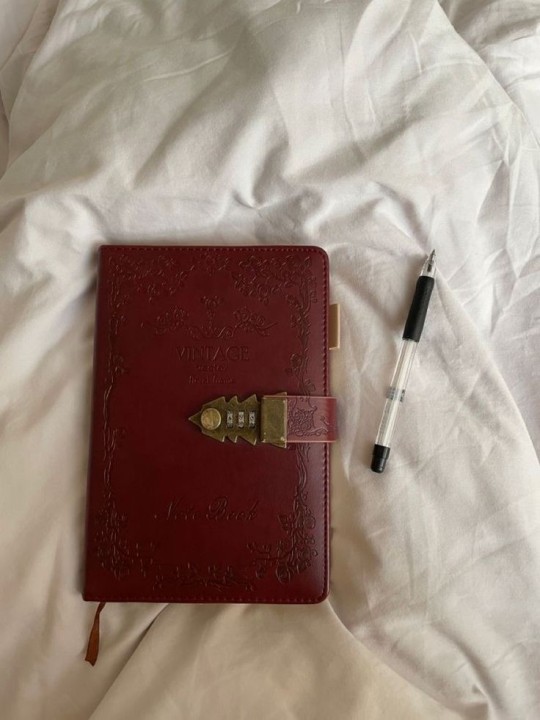
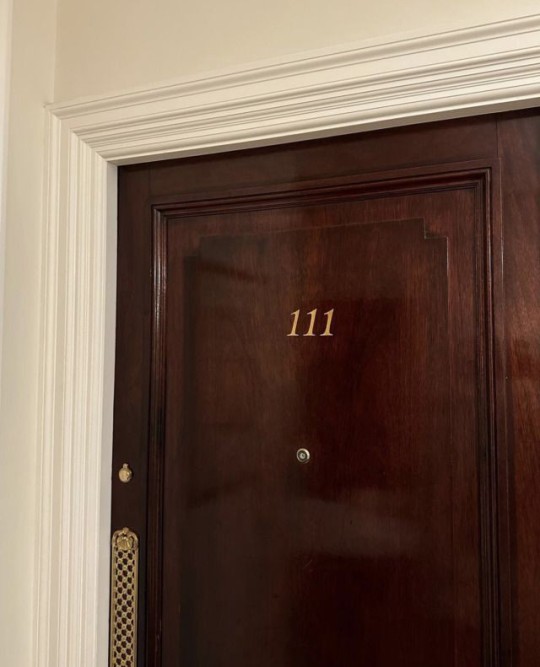

#chaotic academia#moodboard#books & libraries#dark academia#dark academism#literature#music#studyblr#booklr#quotes#light acadamia aesthetic#dark acadamia aesthetic#academia aesthetic#old aesthetic#chaotic academic aesthetic#aesthetic#light academia#books and libraries#classic literature#light academia moodboard
5K notes
·
View notes
Text
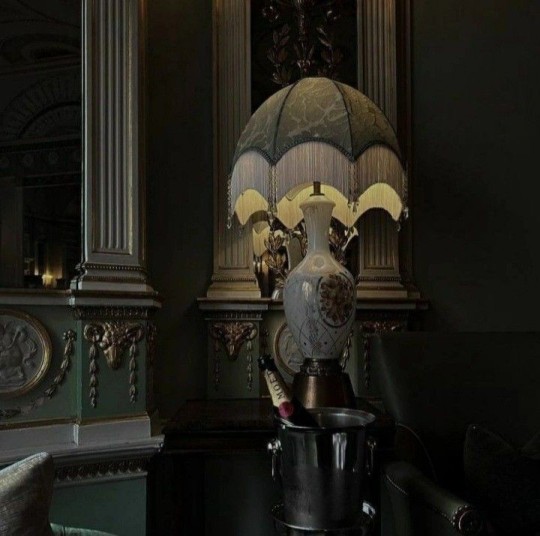




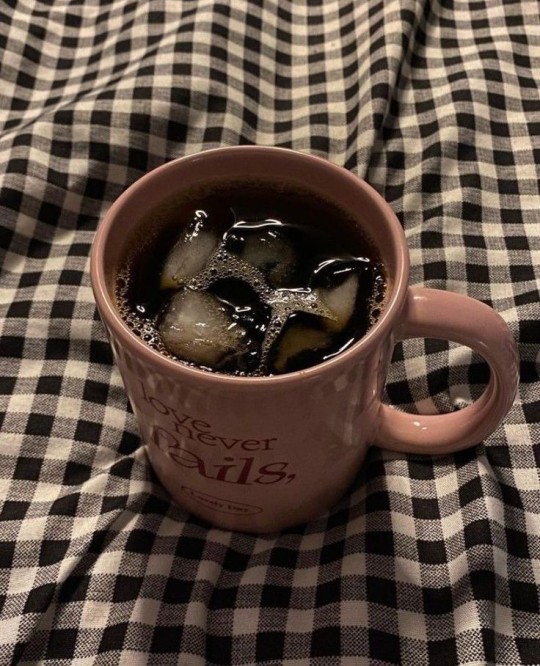
drinking coffee and stargazing with you is my kinda hangout idea.
#quotes#random#shitpost#aesthetic#literature#light academia#academia#academia aesthetic#dark academia#moodboard#dark moodboard#dark academic aesthetic#dark academia moodboard#moodboard dark#dark acadamia aesthetic#study aesthetic#coffee#coffee aesthetic#my moodboard#moodboards dark academia#moodboards aesthetic#aesthetic moodboards#my moodboards#night aesthetic#night moodboard#moodboards
5K notes
·
View notes
Text

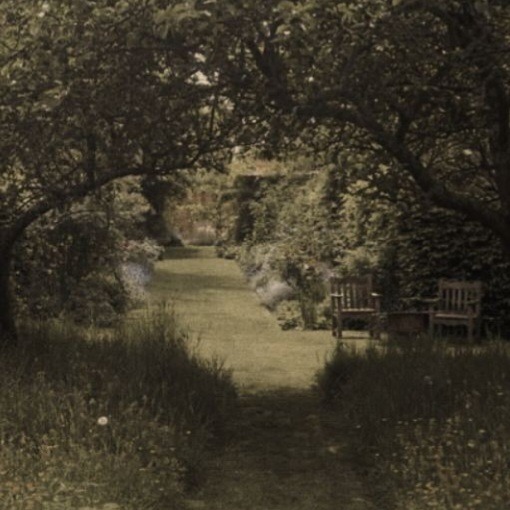





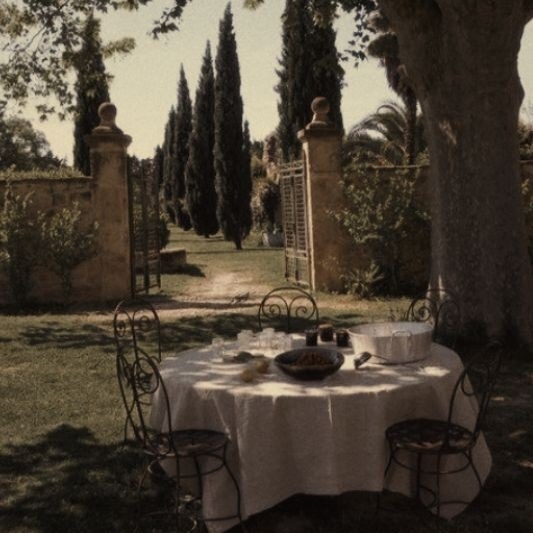

"And then, I have nature and art and poetry, and if that is not enough, what is enough?"
-Vincent van Gogh
#dark academia#dark acadamia aesthetic#light academia#light acadamia aesthetic#classic academia#quotes#romantic aesthetic#book quotes#poetry#books & libraries#academia moodboard#art academia#academia#chaotic academic aesthetic#dark acadamia quotes#dark academia aesthetic#dark academia moodboard#green academia#light academia quotes#light academia aesthetic#light academia poetry#light academia moodboard#cottagecore poems#dark cottagecore#cottagecore#fairy aesthetic#vincent van gogh#van gogh#royalcore moodboard#royalcore
5K notes
·
View notes
Text
“....the expansion of the artificial swimming pool system [occurred] in the context of increasingly polluted waterfronts. The growth of cities could crowd out and damage the spaces in which public swimming took place. One response to the bacteriological revolution - the extension of sewers to remove dangerous germs from all home environments - generated a public health crisis, by transporting bacteria to the places where citizens might swim. Concerns about water quality, and the ability to quantity it, both prompted and complicated efforts to find healthy places to swim in industrial cities.
....the development of Hamilton [Ontario’s] municipal swimming pool system [was situated] in the context of the environmental degradation of the industrial city as its commitment to economic expansion compromised an aspect of public health. Like the construction of the city’s elaborate water supply and purification systems, the building of swimming pools allowed city officials to continue using Hamilton’s bay [on Lake Ontario] as a sink for residential and industrial wastes, and to do so without significant investments in wastewater treatment facilities. Until the Second World War, Hamilton’s city leaders and medical authorities confidently believed that they could identify, delineate, and construct safe swimming areas along the shores of their harbour, and supplement them with a few public swimming pools. After the war, however, they abandoned their efforts altogether. For those who could not flee the city for clearer waters of northern lakes [because they could not afford to], municipal authorities offered artificial swimming pools as the only healthy place to swim locally. ...while swimming pools reflected a number of social and cultural values, they must be recognized chiefly as a technological fix for an urban public health crisis. Artificial pools for swimming allowed Hamilton’s city leaders to abandon the natural waters of the bay and the public beaches frequented by the working class to the effluent left by “the constructive power of the profit motive.””
- Nancy Bouchier and Ken Cruikshank, “Abandoning Nature: Swimming Pools and Clean, Healthy Recreation in Hamilton, Ontario, c. 1930s-1950s,” Canadian Bulletin of Medical History Volume 28:2, 2011: p. 318-319
#hamilton#public swimming pools#public beaches#swimming pool#environmental history#pollution#history of pollution#public health#industrial production#history of health care in canada#parks and recreation#history of recreation in canada#public spaces#academic quote#canadian history#lake ontario#great lakes
215 notes
·
View notes
Text
"I have a deeply hidden and inarticulate desire for something beyond the daily life."
-Virginia Woolf.
#virginia woolf quotes#virginia woolf#quotes#dark academia#dark academic aesthetic#relatable quotes#book quotes#books#life quotes#literature
5K notes
·
View notes
Text

Fyodor Dostoyevsky, The Gentle Spirit
#fyodor Dostoyevsky#dark acadamia aesthetic#dark acadamia quotes#classic literature#english literature#literature quotes#literature#lit#poem#poetry#words#quotes#quotation#on life#grief#chaotic acadmeia quotes#chaotic academic aesthetic#grey academia#classic academia#book quotes#books and libraries#poets and writers#typography#dark academia#light academia#light acadamia aesthetic#spilled thoughts#spilled ink#poetic prose#my texts
40K notes
·
View notes
Text

#quotes#dark academia#wordsnquotes#beautiful quote#dark academism#beautiful words#dark aesthetic#quoteoftheday#book quote#spilled poem#self love#sad songs#sylvia plath#punk#poetry#live#lit#literature#life#love#moon poetry#midnight musings#moodboard#musings#music#makeup#sad notes#i have no words#spilled poetry#poetry spilled ink
38K notes
·
View notes
